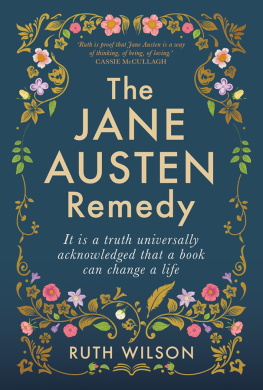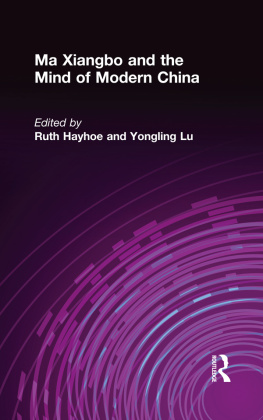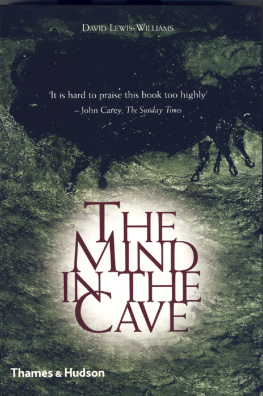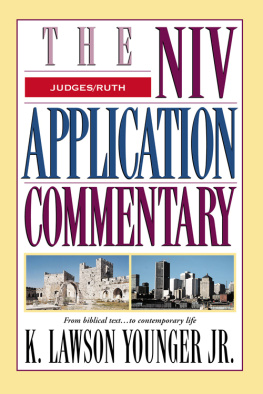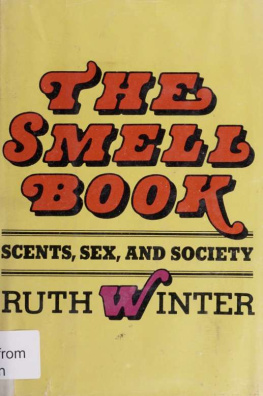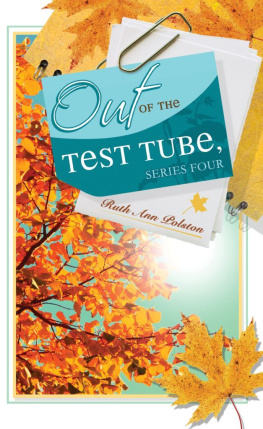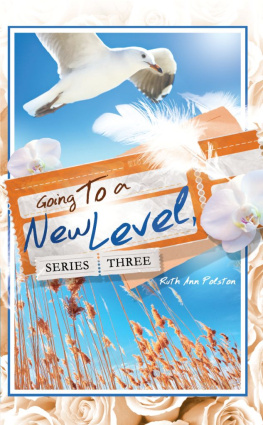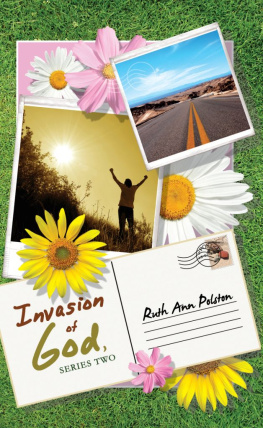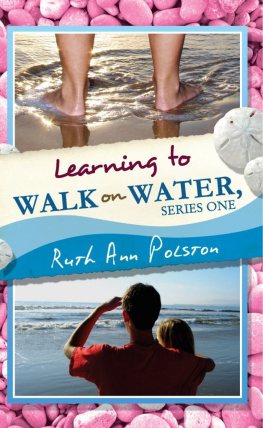Ruth Williams - The Mind Remedy
Here you can read online Ruth Williams - The Mind Remedy full text of the book (entire story) in english for free. Download pdf and epub, get meaning, cover and reviews about this ebook. year: 2020, publisher: Leaping Hare Press, genre: Home and family. Description of the work, (preface) as well as reviews are available. Best literature library LitArk.com created for fans of good reading and offers a wide selection of genres:
Romance novel
Science fiction
Adventure
Detective
Science
History
Home and family
Prose
Art
Politics
Computer
Non-fiction
Religion
Business
Children
Humor
Choose a favorite category and find really read worthwhile books. Enjoy immersion in the world of imagination, feel the emotions of the characters or learn something new for yourself, make an fascinating discovery.

- Book:The Mind Remedy
- Author:
- Publisher:Leaping Hare Press
- Genre:
- Year:2020
- Rating:5 / 5
- Favourites:Add to favourites
- Your mark:
- 100
- 1
- 2
- 3
- 4
- 5
The Mind Remedy: summary, description and annotation
We offer to read an annotation, description, summary or preface (depends on what the author of the book "The Mind Remedy" wrote himself). If you haven't found the necessary information about the book — write in the comments, we will try to find it.
The Mind Remedy — read online for free the complete book (whole text) full work
Below is the text of the book, divided by pages. System saving the place of the last page read, allows you to conveniently read the book "The Mind Remedy" online for free, without having to search again every time where you left off. Put a bookmark, and you can go to the page where you finished reading at any time.
Font size:
Interval:
Bookmark:
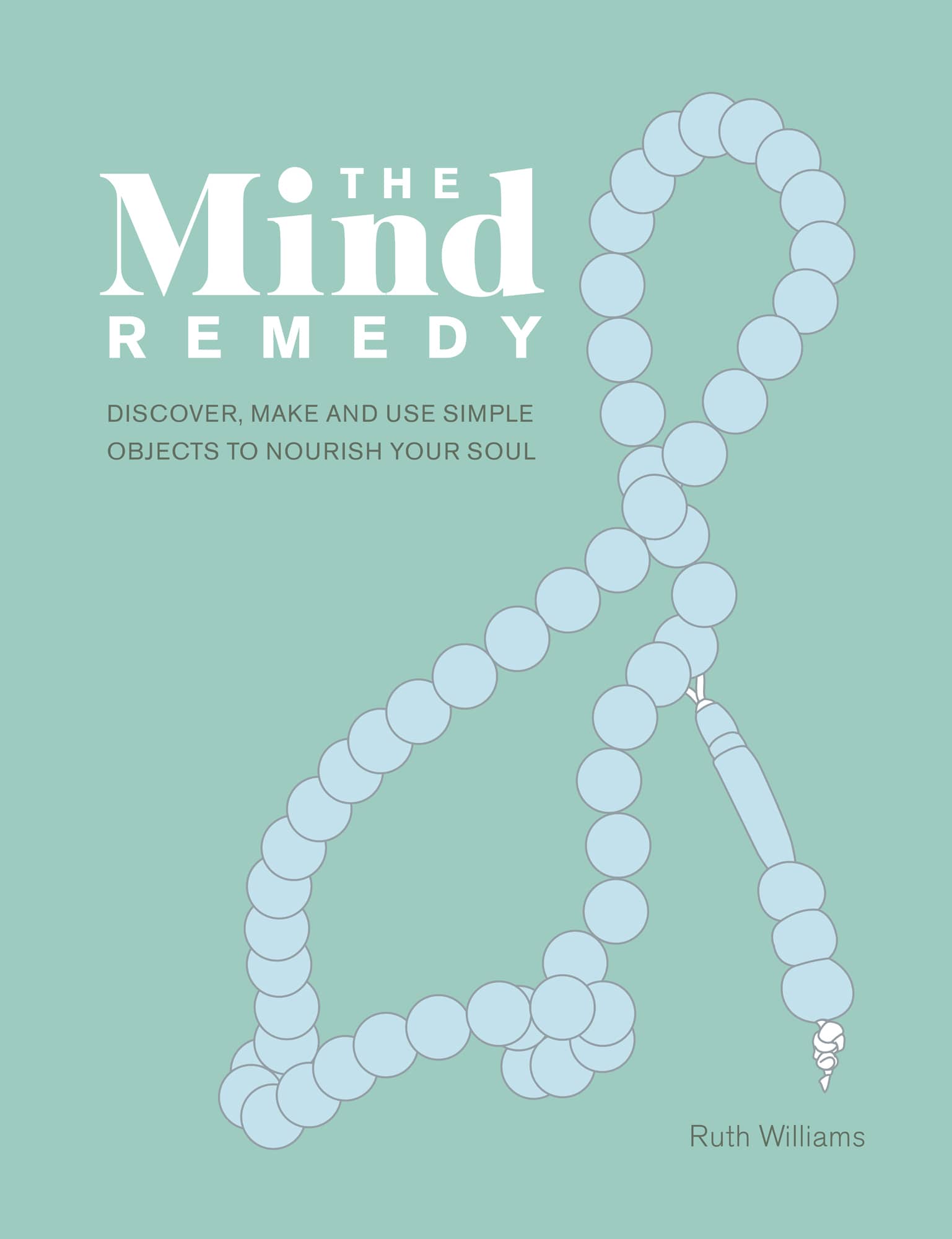

Mind
REMEDY
DISCOVER, MAKE AND USE SIMPLE OBJECTS TO NOURISH YOUR SOUL
Ruth Williams

Simple things really can nourish the mind. When we anchor the unseen processes of the mind to something that we can hold in our hands, then the intangible becomes real. Healing feels within reach because we can touch the object that will carry us there.
Ancient religious and spiritual practices have incorporated objects of significance for centuries, from the sacred teapot that forms a central part of the Japanese tea ceremony to the talking stick used by Native American people to resolve conflict and enable effective listening. It is the belief that humans embed within the object that provides it with the power to influence the mind and potentially heal. Without the object the belief has no place to live, to be centred and to be shared. Instead it would remain a concept or idea expressed in words and maybe written down. The object, like a simple and often beautiful contract, can become a sign of commitment from a group to keep to the practices it represents. Today, in the UK and USA, we use the Bible in this way when we swear upon it in court. It is more object than book, carrying great significance and overflowing with ancient beliefs. Our legal system relies upon it to evoke pivotal truth telling in court.
Soundbites in the form of Tweets, filters on a posted photo and Likes for a shared quote are becoming a common way in which we interact with the world. These are, to use the digital vocabulary, compressed versions of the real thing. There is a lot left out. They tend to be fast and ever-flowing, leaving little time for us to reflect and imagine what the full version of the speech might be, how the whole picture without the filter might look, or what the rest of the book, from which the quote was taken, might teach us. We still know little about the detrimental impact of leaving so much out and disengaging people from the process. We have to work hard to slow down the relentless digital flow. It can leave us reeling and feeling lost and unclear as to why.
Using our hands to create objects can be an antidote to the adverse symptoms of the digital age. We can slow down by taking time to create and make with our hands. When we do so, we take back control of a whole process and engage mind and body with a tangible form of self-expression. We can imbue our making process with significance and let it become an opportunity for peace and reflection. We can return to a sense of quality and see the results of attention to detail. The making becomes a type of meditation in itself. The idea of making as a way to heal the mind has been part of spiritual practices for centuries.
Scientific discoveries frequently provide an evidence base for the ancient rituals that began long before. The herbs and foraged produce used by the tribal medicine man can often be found in pharmaceuticals today. These ingredients and the ancient ceremonies surrounding their use would probably have been conceived by wise elders who observed their people with a curious and attentive mind. They show how much there is to be learned by what we refer to today as mindful observation. They didnt apply contemporary scientific processes and yet on many occasions came to the same conclusions as todays scientists.
In the late-eighteenth and early-nineteenth century, society began to value rational thinking, industrial production and profit over community and a connection with the natural world. Many ritual festivals, marking events such as the changing of the seasons, held too high a cost for those early manufacturers. The festivals took the workforce away from their daily grind and reduced productivity. We can document the early factory owners in Britain intentionally cancelling one after the other, even trying at one point to do the same to Christmas! The negative PR message of the time rubbished anything other than empirically driven beliefs of the idealized rational man. We still live with some of this PR legacy today. It is likely to be that the only way to save our planet will be by rethinking the damage done by industrialism and finding a new way to live simply and in harmony with the natural world.
Social consciousness is moving towards a search for alternatives to consumerism. There is a growing contemporary rejection of materialistic individualism due to its potential destruction of the planet. The renewed enthusiasm for the natural world leads us towards the idea of learning from the peoples of the past, who lived in harmony with their environment. With this in mind, there is an ever-growing opinion that the objects we own need to have meaning if they are to be part of our lives. They need to have function as well as to spark joy, and even better if they also enable habits and rituals that are healthy for our minds and bodies.
Within these pages you will discover 20 different projects. Each one includes the objects story from birth and its psychology as well as how to make it. You can dip into the projects in any order that you find useful. They are organized into four sections to help you to prescribe what your mind and body need.
You will discover a range of ideas about how the object can become a positive part of daily life. For example, making the journey stick can be a fun way to grow connection with the natural world while using the breathing bracelet can help you to relax when you feel a wobble of anxiety.
The final part of each project is an illustrated guide to how you can make the object for yourself. You dont need any crafting skills or experience since each one follows a simple process that is explained in easy-to-follow steps. The materials for each object can be found in the natural environment, around the home or at the craft store. The making part is an enjoyable first aspect towards creating your own habits and rituals. Aim to take time, free of distractions, with your making, and hold in your mind your aspirations for your creation as you go.
Towards the end of the book you will find a whole host of resources to guide you on taking your personal object pharmacy further.
H uman beings are social animals and the connections we form shape who we feel we are. Connections between people are fluid, with all the unpredictability, excitement and fear that fluidity brings. When we feel happy and safe, we can go with the flow and ride the unknown wave. So often though, we stumble and find a way into that human rhythm elusive. Other people can seem so different and difficult to connect with. These objects help us to find that common language of connection. They can open up and give permission for an often-hidden conversation about how we want to connect, so we can take the risk to reach out with confidence.

Font size:
Interval:
Bookmark:
Similar books «The Mind Remedy»
Look at similar books to The Mind Remedy. We have selected literature similar in name and meaning in the hope of providing readers with more options to find new, interesting, not yet read works.
Discussion, reviews of the book The Mind Remedy and just readers' own opinions. Leave your comments, write what you think about the work, its meaning or the main characters. Specify what exactly you liked and what you didn't like, and why you think so.

